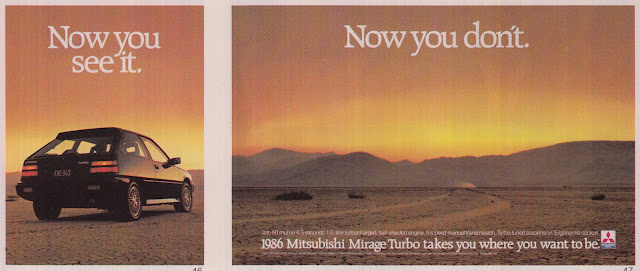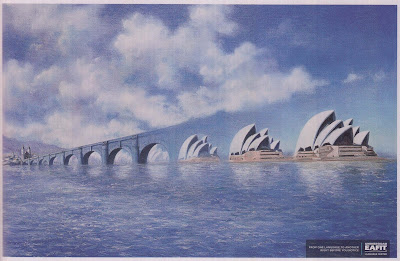HW 7 Midterm

How, November 2010. Page 53 For this week's blog, I talk about finding something that is interesting and connecting that interest into graphic design. I quickly looked through a magazine and immediately this photo caught my attention. It is a photo of typewriters. Most of us have probably never used a typewriter before, but at least we know what they are. We know that before there was Microsoft word or printers, the typewriter was the tool to use to type essays, letters, and just about anything related to text. Why would I choose type writers to cover this topic? I chose it simply because it is considered to be obsolete technology. Like cellphones replacing payphones, many people just prefer the technologically advanced tools that are easier to use rather than using older tools that require more maintenance. As technology becomes more and more advanced, many people are abandoning the the tools of the past and are not looking back. Sounds sad right? It is, but there i




